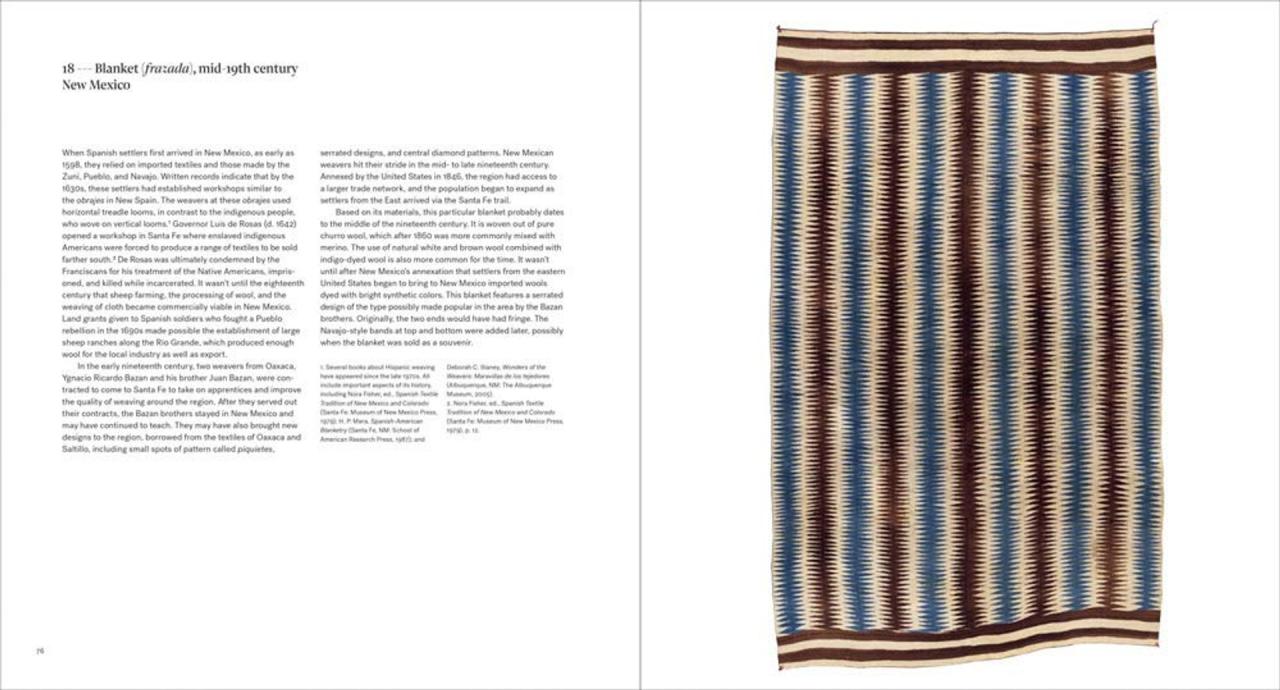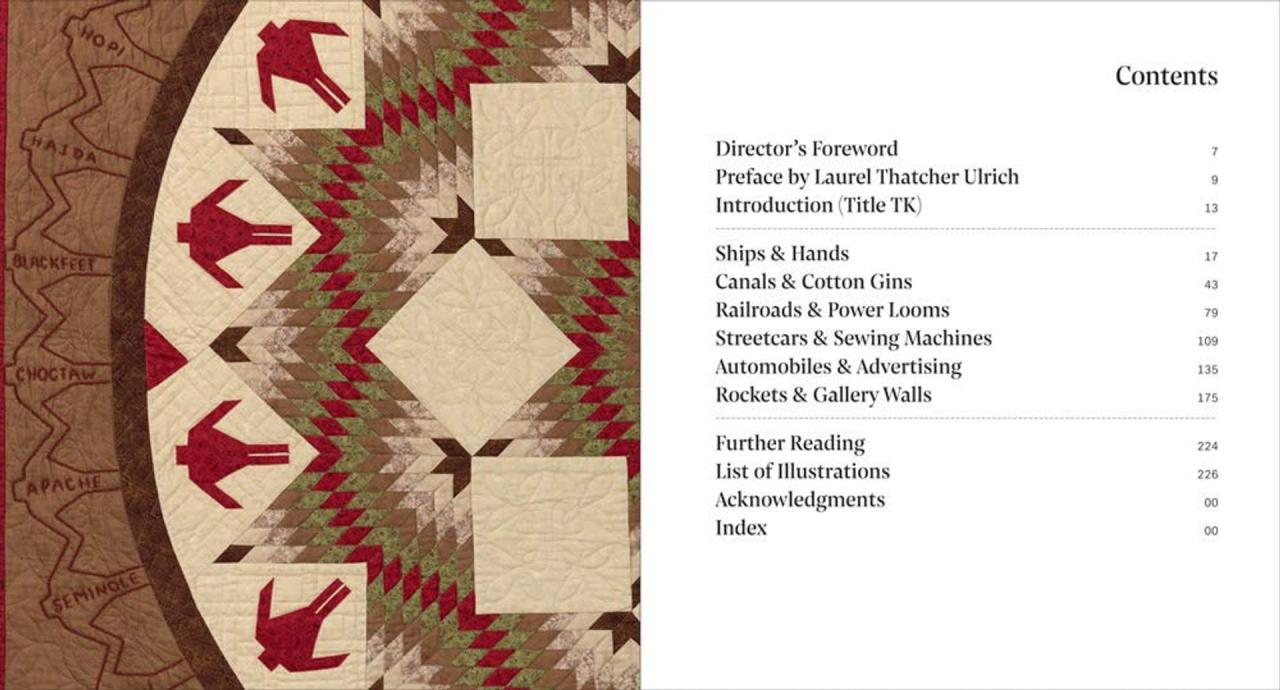Fabric of a Nation Textbook PDF Free delves into the profound significance of textbooks in shaping the very fabric of a nation. These educational tools play a pivotal role in molding national identity, instilling values, and influencing societal norms, as this comprehensive guide will explore.
From their historical origins to their modern incarnations, textbooks have undergone a remarkable evolution, reflecting the dynamic interplay of political, social, and cultural forces. Technological advancements have further transformed textbook design and distribution, opening up new avenues for knowledge dissemination.
Fabric of a Nation Textbook Introduction
Textbooks play a pivotal role in understanding the fabric of a nation. They provide a framework for interpreting the shared history, values, and beliefs that unite a people. By shaping the minds of young citizens, textbooks contribute to the formation of a collective national identity and serve as a powerful tool for transmitting societal norms.
Role in Shaping National Identity and Values, Fabric of a nation textbook pdf free
Textbooks are instrumental in constructing a shared narrative of a nation’s past and present. They present a selective and often idealized account of historical events, emphasizing moments of national pride and unity. By portraying certain individuals and groups as heroes and role models, textbooks contribute to the formation of a shared sense of national identity and instill a sense of belonging among citizens.
Promoting or Challenging Societal Norms
Textbooks can also be used to promote or challenge societal norms. For instance, textbooks in many countries include sections on civics and citizenship that emphasize the importance of democratic values, tolerance, and respect for diversity. Conversely, textbooks in authoritarian regimes may promote a narrow and exclusionary view of national identity, emphasizing conformity and obedience to the ruling party.
Historical Evolution of the Textbook
The textbook, an indispensable tool in education, has undergone a remarkable evolution over centuries, shaped by diverse factors and technological advancements. From its humble beginnings to its modern incarnations, the textbook has played a pivotal role in shaping the minds of generations.
In ancient times, knowledge was primarily transmitted orally or through handwritten manuscripts. However, the invention of the printing press in the 15th century revolutionized education, enabling the mass production and dissemination of books, including textbooks. These early textbooks were often religious texts or collections of classical works, serving as foundational resources for students.
Influence of Political, Social, and Cultural Factors
The evolution of textbooks has been heavily influenced by political, social, and cultural factors. In the 19th century, the rise of nationalism and the expansion of public education systems led to the development of textbooks that promoted national identity and cultural values.
In the 20th century, social movements and the changing demographics of student populations prompted the inclusion of diverse perspectives and the recognition of different cultural backgrounds in textbooks.
Impact of Technological Advancements
Technological advancements have had a profound impact on textbook design and distribution. The development of digital technologies in the late 20th and early 21st centuries has led to the emergence of electronic textbooks, or e-textbooks, which offer interactive features, multimedia content, and personalized learning experiences.
Additionally, online platforms and learning management systems have facilitated the distribution of textbooks and other educational resources, making them more accessible to students worldwide.
Content Analysis of the Textbook

The Fabric of a Nation textbook presents a comprehensive exploration of the historical, social, and political developments that have shaped the United States. The textbook is organized into thematic units, each of which focuses on a specific aspect of American history and culture.
The textbook’s key themes include:
- The development of American democracy
- The role of immigration in American history
- The expansion of the United States
- The Civil War and Reconstruction
- The rise of industrialization and urbanization
- The Progressive Era
- The Great Depression and the New Deal
- World War II and the Cold War
- The Civil Rights Movement
- The Vietnam War and the anti-war movement
- The rise of conservatism
- The end of the Cold War and the globalization of the economy
The textbook also examines a variety of perspectives and biases in American history. For example, the textbook discusses the different ways that historians have interpreted the causes of the Civil War, and it also examines the role of race and class in American society.
Strengths of the Textbook
- The textbook is well-written and engaging.
- The textbook is comprehensive and covers a wide range of topics.
- The textbook is objective and presents multiple perspectives.
- The textbook includes a variety of primary and secondary sources.
- The textbook is well-organized and easy to use.
Weaknesses of the Textbook
- The textbook is sometimes too dense and difficult for students to understand.
- The textbook sometimes presents a biased view of history.
- The textbook does not always provide enough context for the events that it discusses.
- The textbook sometimes includes outdated information.
- The textbook is expensive.
Pedagogical Approach of the Textbook

The Fabric of a Nation textbook adopts a constructivist pedagogical approach that emphasizes active learning and student engagement. It encourages students to construct their own understanding of historical concepts and events through hands-on activities, primary source analysis, and collaborative learning.
The textbook’s teaching methods and strategies are effective in promoting student learning. The use of inquiry-based learning, simulations, and role-playing activities helps students develop critical thinking skills and a deeper understanding of historical content. The incorporation of primary sources allows students to engage with historical documents and artifacts firsthand, fostering a more authentic and immersive learning experience.
Suitability for Different Educational Contexts
The Fabric of a Nation textbook is suitable for a variety of educational contexts, including secondary schools, colleges, and universities. Its comprehensive coverage of American history and its accessible writing style make it appropriate for students at different levels of historical knowledge and understanding.
In secondary school settings, the textbook can serve as a primary resource for American history courses. Its engaging activities and multimedia resources can help capture students’ attention and make learning more enjoyable. In college and university settings, the textbook can be used as a supplementary resource to provide students with a broader understanding of American history or to focus on specific topics in greater depth.
Impact of the Textbook on Education: Fabric Of A Nation Textbook Pdf Free

The textbook has had a significant impact on students’ understanding of the fabric of a nation. It has provided them with a comprehensive overview of the history, culture, and institutions that make up a nation. The textbook has also helped students to develop a critical understanding of the complex issues that face nations today.
There are several potential benefits to using the textbook in classrooms. First, the textbook can help students to develop a strong foundation in the history and culture of their own nation. This knowledge can help them to better understand their own place in the world and to appreciate the diversity of human experience.
Second, the textbook can help students to develop critical thinking skills. By examining the different perspectives on national identity and the challenges that nations face, students can learn to think critically about these issues and to form their own opinions.
There are also some potential drawbacks to using the textbook in classrooms. One concern is that the textbook may be too biased towards a particular perspective on national identity. This could lead students to develop a narrow understanding of what it means to be a citizen of a nation.
Another concern is that the textbook may be too complex for some students to understand. This could lead to students becoming discouraged and giving up on the subject.
Recommendations for Improving the Textbook’s Effectiveness
There are several ways to improve the textbook’s effectiveness as an educational tool. One way is to make the textbook more accessible to students. This could be done by simplifying the language and by providing more visuals. Another way to improve the textbook’s effectiveness is to make it more relevant to students’ lives.
This could be done by including more examples from contemporary events and by discussing the challenges that nations face today.
Comparative Analysis of Different Textbooks

Different textbooks on the fabric of a nation vary in their content and pedagogical approaches, each offering unique strengths and weaknesses. These differences have implications for textbook selection and use in educational settings.
Content Analysis
- Scope and Coverage:Textbooks differ in the scope and depth of their coverage of the fabric of a nation, including historical, social, political, economic, and cultural aspects.
- Historical Perspectives:Some textbooks focus primarily on chronological narratives, while others emphasize thematic or comparative approaches to historical events.
- Diversity and Inclusion:Textbooks vary in their representation of diverse perspectives, voices, and experiences within a nation.
- Current Events and Contemporary Issues:Some textbooks incorporate current events and contemporary issues into their content, while others focus on more traditional historical topics.
Pedagogical Approach
- Learning Objectives:Textbooks articulate learning objectives that guide students’ understanding of the content.
- Instructional Strategies:Textbooks employ various instructional strategies, such as primary source analysis, case studies, and simulations, to engage students.
- Assessment Tools:Textbooks provide assessment tools, such as quizzes, review questions, and essays, to evaluate student learning.
- Technology Integration:Some textbooks integrate technology, such as interactive simulations, videos, and online resources, to enhance student learning.
Implications for Textbook Selection and Use
The differences among textbooks have implications for textbook selection and use. Educators should consider the following factors when choosing a textbook:
- Curriculum Alignment:The textbook should align with the curriculum and learning objectives of the course.
- Student Needs:The textbook should be appropriate for the age, reading level, and learning styles of the students.
- Diversity and Inclusion:The textbook should promote diversity and inclusion by representing multiple perspectives and experiences.
- Pedagogical Approach:The textbook should employ effective pedagogical strategies that engage students and facilitate learning.
Role of Technology in Textbook Development

Technology has revolutionized the way textbooks are developed and distributed. From the initial stages of research and writing to the final distribution and use, technology has played a significant role in shaping the modern textbook.
One of the most significant advantages of technology in textbook development is the ability to access vast amounts of information and resources. Authors can now easily research and incorporate the latest findings and perspectives into their textbooks, ensuring that students have access to the most up-to-date information.
Advantages of Digital Textbooks
- Increased accessibility:Digital textbooks can be accessed anytime, anywhere, making it easier for students to learn at their own pace and on their own time.
- Interactive features:Digital textbooks can include interactive features such as videos, simulations, and quizzes, which can help to engage students and make learning more enjoyable.
- Cost-effectiveness:Digital textbooks are often more affordable than traditional textbooks, which can save students money.
Disadvantages of Digital Textbooks
- Lack of physicality:Some students may find it difficult to focus and learn from a digital textbook as compared to a physical textbook.
- Technological requirements:Digital textbooks require access to a computer or other device, which can be a barrier for students who do not have access to these technologies.
- Distractions:Digital textbooks can be easily distracted by other applications and websites, which can make it difficult for students to stay focused on their studies.
Recommendations for Effective Integration of Technology
To effectively integrate technology into textbook design, several recommendations should be considered:
- Use technology to enhance the learning experience, not replace it.Technology should be used to supplement traditional teaching methods, not to replace them.
- Choose technology that is appropriate for the learning objectives.Not all technology is created equal. Some technologies are better suited for certain learning objectives than others.
- Provide training and support for teachers and students.Teachers and students need to be trained on how to use technology effectively in the classroom.
Future Directions in Textbook Research
Textbook research is a rapidly evolving field, with new trends and directions emerging all the time. These trends are being driven by a number of factors, including the increasing use of technology in education, the changing demographics of the student population, and the growing emphasis on critical thinking and problem-solving skills.
One of the most significant trends in textbook research is the increasing use of technology. Technology can be used to create more engaging and interactive textbooks, which can help students to learn more effectively. For example, textbooks can now include videos, simulations, and other multimedia elements that can help students to visualize concepts and make connections between different pieces of information.
Another trend in textbook research is the changing demographics of the student population. The student population is becoming increasingly diverse, and textbooks need to be designed to meet the needs of all students. For example, textbooks need to be written in a variety of languages and at a variety of reading levels.
They also need to include content that is relevant to the lives of all students.
Finally, there is a growing emphasis on critical thinking and problem-solving skills. Textbooks need to be designed to help students develop these skills. For example, textbooks can include exercises that require students to analyze information, solve problems, and make decisions.
Potential Impact of Emerging Trends
The emerging trends in textbook research have the potential to significantly impact the development and use of textbooks. Technology can be used to create more engaging and interactive textbooks, which can help students to learn more effectively. The changing demographics of the student population require textbooks to be designed to meet the needs of all students.
And the growing emphasis on critical thinking and problem-solving skills means that textbooks need to be designed to help students develop these skills.
Recommendations for Future Research
There are a number of areas where future research on textbooks is needed. One area of research is the effectiveness of different types of textbooks. For example, research is needed to compare the effectiveness of traditional textbooks with interactive textbooks.
Another area of research is the impact of textbooks on student learning. For example, research is needed to determine how textbooks can be used to help students develop critical thinking and problem-solving skills.
By conducting research on these and other topics, we can help to ensure that textbooks continue to be an effective tool for learning.
Q&A
What is the significance of textbooks in shaping national identity?
Textbooks serve as primary sources of information and values for students, contributing to the formation of their understanding of their nation’s history, culture, and aspirations.
How have textbooks been used to promote or challenge societal norms?
Textbooks can reflect and reinforce existing societal norms or challenge them by presenting alternative perspectives and encouraging critical thinking.
What are the key themes and concepts explored in the Fabric of a Nation textbook?
The textbook examines the historical evolution of national identity, the role of education in shaping national consciousness, and the challenges and opportunities facing nations in the modern world.
